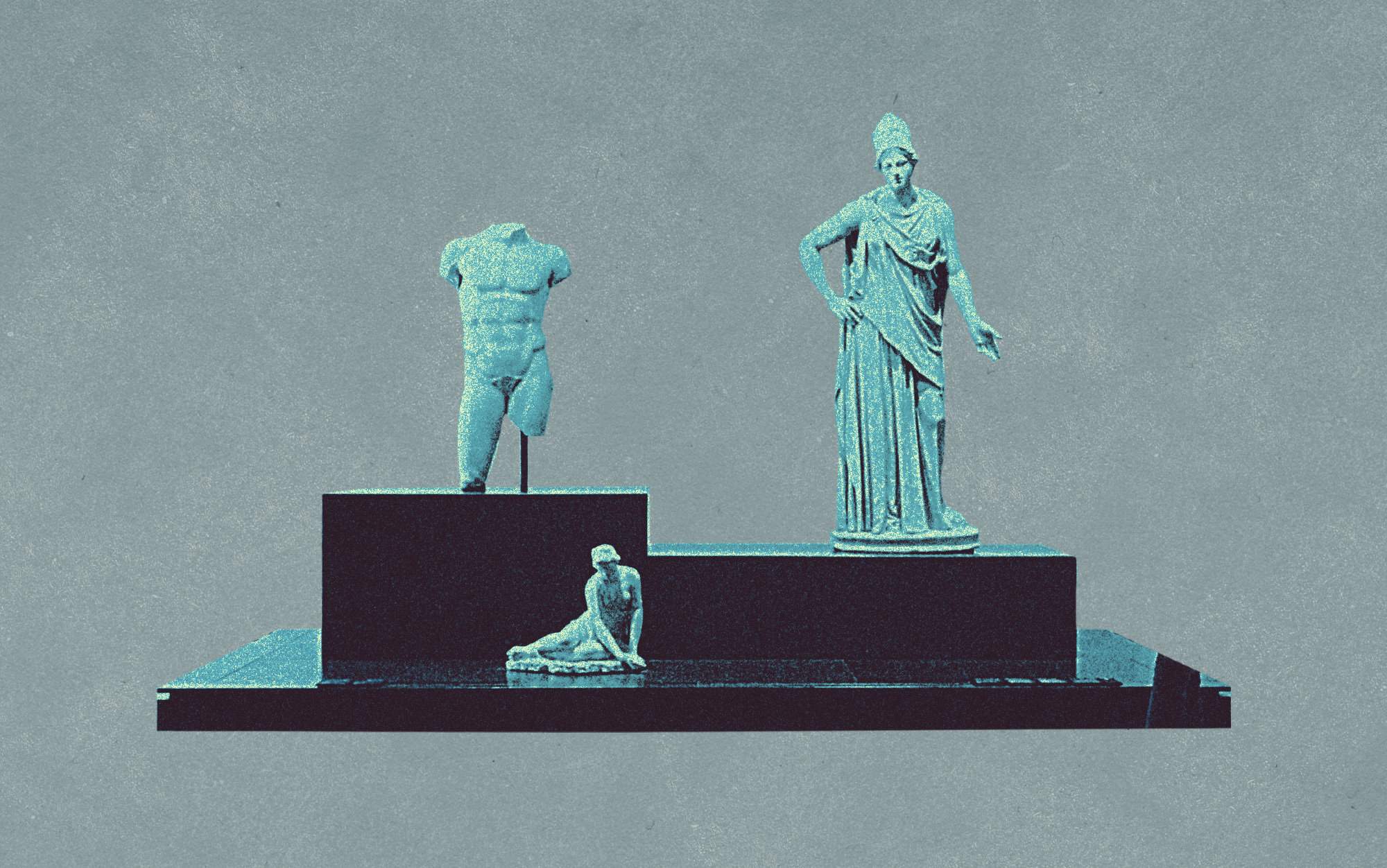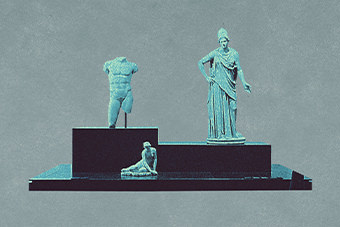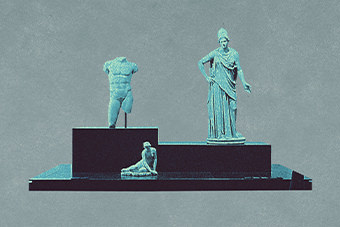The Nature Interpretation Centre was built near the Sukhna Lake to sensitise and educate the visitors and the residents of the city of Chandigarh about environmental conservation. It is a bubble-shaped structure with the roof covered in earth and an undulating continuity broken by perforations and fenestrations for light and ventilation. The green coloured roof of the building imparts a camouflage effect, with the expansive green lawns surrounding it. The bubble-shaped building is popular among environmentalists and nature activists as a modern architectural practice. This technique helps to reduce heat loss and maintain steady indoor air temperatures. Two exhibition galleries flank the central reception and waiting area.
The Sukhna Wildlife Sanctuary is a protected area which is reserved for the conservation of flora and fauna. The periphery of the adjoining Sukhna Lake is covered in greenery due to the constant efforts of the forest department. Flowers, as well as shade-giving trees, are planted around the promenade, and the tree cover in the reserved forest area is diligently maintained.
Information panels display details along with the history of Sukhna Lake and the wildlife sanctuary adjoining it. Facts about the varieties of fauna like a resident and migratory birds, mammals such as the Sambar Deer, reptilian life such as the Common Cobra and the Indian Python are displayed along with the visual images of the respective fauna. The audiovisual media and the birds' interactive displays cater to the entertainment aspect of the centre. Here the visitors, especially the children can interact with artefacts by pressing the buttons next to their images. Life-size dioramas of various animal species that are found in Sukhna Lake Sanctuary, such as Pangolin, add visual appeal to the exhibits.
The Nature Interpretation Centre aims to promote ecotourism in the city and educate the visitors about the necessity to conserve nature through touch screen kiosks, murals, dioramas information panels, etc. It also provides literature on birds, their behaviour and habitat to the visitors. Binoculars are also set up near the centre by the forest department to observe the migratory birds that come to the lake from as far as Siberia during winters.
More Information
Getting there
Average duration of visit
Less than 1 hour
Museum administered by
UT Tourism Department
Currently closed
Yes. The museum opens only after an appeal is made to the Department of Anthropology on it's working days.
Updated
Quick Facts
Address:
Nature Interpretation Centre, Sukhna Lake
Visiting Time:
Sunday: 6 am - 10 pm
Monday: 6 am - 10 pm
Tuesday: Closed
Wednesday: 6 am - 10 pm
Thursday: 6 am - 10 pm
Friday: 6 am - 10 pm
Saturday: 6 am - 10 pm
The Museum is open on public holidays.
Entry Fees:
Entry is free.




